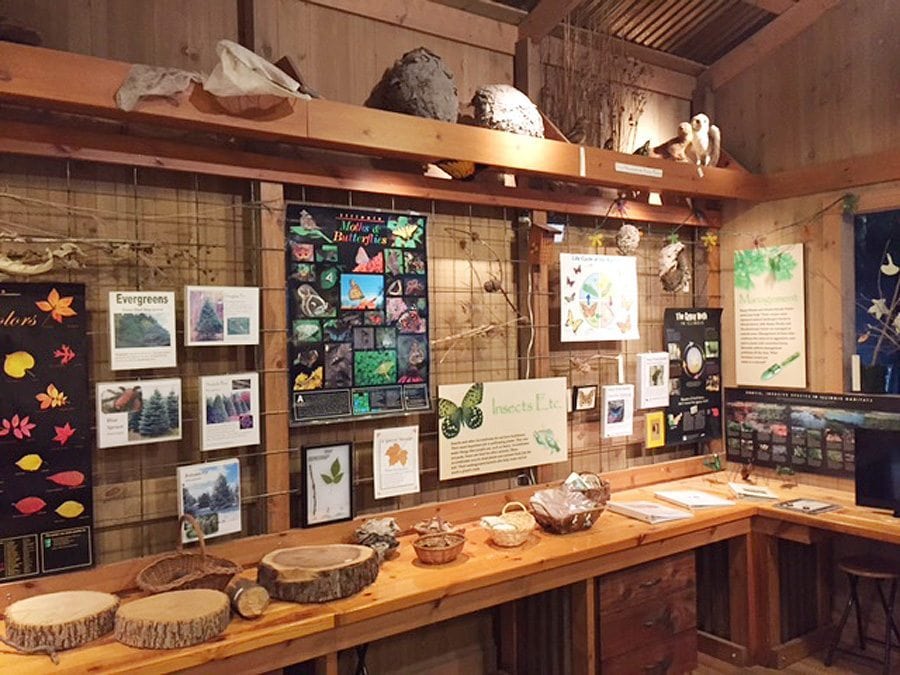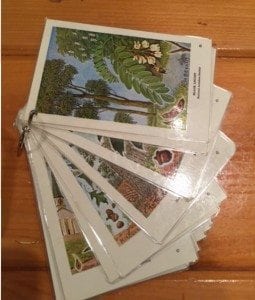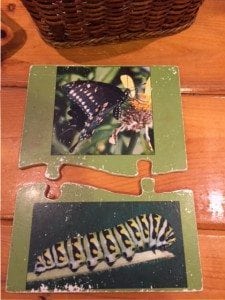Do It Yourself Exhibit Design and Fabrication
Tuesday, March 1, 2016 7:38 PM by Taylor Studios in Inspiration and Client Success Stories

Many nature centers, museums and visitor centers want to create their own exhibits or have changeable exhibits. Our client Anita Purves Nature Center had us design and build exhibits for them over a decade ago. They asked us to design it, so they could add their own exhibit enhancements over the years. I recently visited them. Their approach could help you enhance your own exhibit on a small budget.
Highly Modifiable Graphic Grid System
We designed a graphic grid system that has permanent content signage with plenty of room to add and move things around. It maintains a professional look with room for a lot of personalization. You can find a similar grid system at many farm, hobby, office or hardware stores.


There are many ways to add various posters, objects and puzzles to this grid system. Some of the systems they use include Command Hooks for the back of posters, S-hooks, wire and paper clips. They also use photo boxes, put eye hooks in objects like mushrooms, and use clips for laminated content.
Counter Space, Drawers and Wall Space
The cabinet system we created for them is highly versatile. Counter tops can change with the season. They use laminated leaves and laminated cards that you can get free on-line from places like the Audubon Society. The cards can be easily held together with an O-ring or in three ring binders. They have also incorporated printing on different substrates to create puzzles. Puzzles are easily purchased as additional content or to mix it up.
The drawers can also be used for various topics. They currently have geology, plants and animals represented in their drawers. Many of the objects are already in their collection and they seasonally collect more as needed. You can also find many silk versions of plants at a local hobby store. You may need to hand cut some and add paint for better accuracy. Wall space can be used with simple thumb tacks, creatively hanging dried plants, flip panels, bulletin boards and dry erase boards.

You can work with a local printer to print on foam core, wood and other substrates. Your printer can explain differences in durability and cost. Most printers will also cut various substrates so you can create puzzles and professional looking graphics. More cabinet space can often be found in the form of prefabricated cases at hardware stores. Even a tool chest could be themed to match your space. Cabinets that roll around are very effective for different uses.

Keep it Professional
Graphics and layout can become too cluttered or even look cheesy if you don’t put some effort into keeping it professional. Their space was designed to look like a naturalist’s work space so some clutter works. I suggest you work with your local college or university to find students with some knowledge of layout and design to help with your printed material. A student in interior design could help with colors and the layout of your space. There are also many inexpensive freelance sites that give you access to designers. These include elance, Fiverr, Upwork and 99designs.
One of the best ways to keep it looking professional is to clean the space often. I’m often shocked when I visit museums and nature centers and there is dust over everything.
Anita Purves has done an excellent job of offering their visitors new and fresh content on a small budget. We will offer more tips this month on other ways you can do it yourself. What tips do you have on doing it yourself?
Share this on social networks